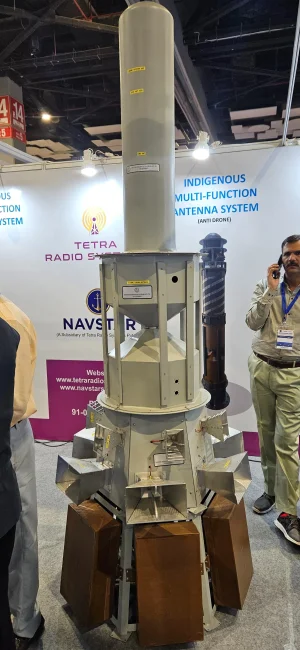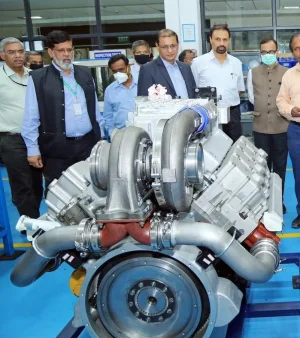- Joined
- Jun 27, 2024
- Messages
- 1,573
- Likes
- 7,580
What is up with the recent surge of Private companies pushing out bee drone and missile based weapons?Cont...
View attachment 13573View attachment 13582
122mm guided rocket.
View attachment 13574View attachment 13575
View attachment 13576
Guidance kit.
View attachment 13577
View attachment 13578
Powered glide bomb.
View attachment 13579
View attachment 13580
Guided mortar.
View attachment 13581
Did DRDO brought out some new policy of technology distribution and support?















